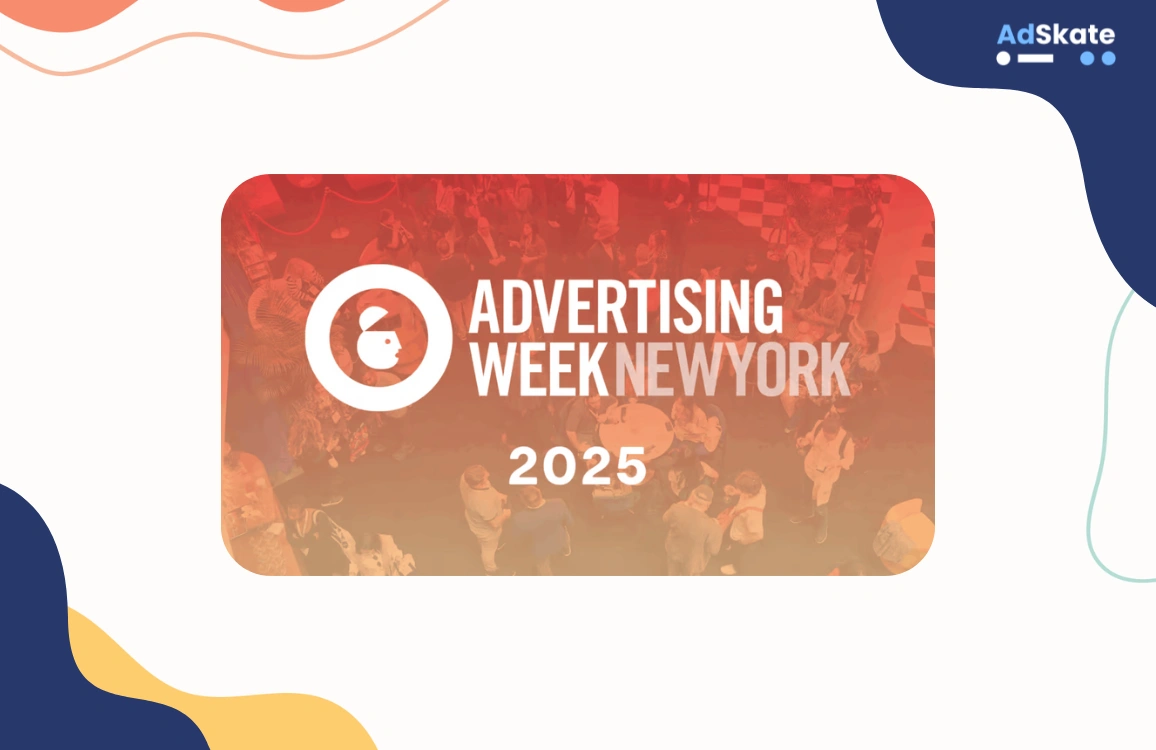How a Consulting Firm Improved Ad Performance by 22%—Without Spending More
.webp)
Listen to the podcast version here:
Introduction
Consulting firms are built on trust, expertise, and long-term relationships. But when it comes to digital advertising, those same strengths can sometimes hold campaigns back.
We recently worked with a global consulting firm that was running polished, high-budget ads across LinkedIn and video. The problem? Their creatives weren’t connecting with key decision-makers. Click-through rates were low. Calls to action were either vague or missing. And abstract visuals, like cityscapes and buzzwords, dominated the campaign.
Instead of increasing their media spend, they turned to creative analysis.
.webp)
By examining 100+ ad creatives, we uncovered which messages resonated with C-level executives, directors, and technical leads, and which ones didn’t. The result was a 22% boost in engagement, a 13% lift in CTR, and a more efficient use of their existing ad budget.
In this article, we’ll break down what went wrong, what worked, and how other consulting and B2B marketers can apply these lessons before launching their next campaign.
Why Consulting Campaigns Often Miss the Mark
Consulting services are complex. So are the buyers. But complexity in the offering doesn’t mean your advertising should be complicated.
What we saw in this case was a mismatch between the creative and the audience. The ads were visually polished and brand-forward. But they lacked clarity. They didn’t speak to the specific roles they were trying to reach, C-suite executives, directors, and technical specialists.
Here are the most common issues we identified:
- Calls to action were weak or missing. Many ads didn’t tell the viewer what to do next.
- Visuals were abstract. Cityscapes, stock images, and metaphorical graphics failed to make a connection.
- Messaging was too broad. Without role-specific language, key decision-makers didn’t see themselves in the ad.
- Jargon and buzzwords clouded meaning. Some messages leaned heavily on terms that lacked clear value or context.
The intent was good. The execution just didn’t reflect how these audiences make decisions. In consulting, clarity matters. If your messaging doesn’t land in the first few seconds, the opportunity is lost.
What We Did: A Deep Dive Into 100+ Consulting Creatives
To understand what was driving poor performance, we analyzed over 100 ad creatives across LinkedIn, Instagram, and video. Our goal was simple: figure out what worked, what didn’t, and why.
We started by looking at performance across different roles. Not all buyers respond the same way. A C-suite executive sees value differently than a director or an engineer. So we broke down creative engagement by persona.
We also studied visual patterns. What imagery pulled people in? Which colors, layouts, and symbols drove clicks? And which ones got ignored?
Finally, we looked at the language. We measured how often ads used clear, specific messages versus vague, general statements. We flagged jargon, acronyms, and buzzwords that might confuse or distract.
By combining these elements, persona, image, and message, we built a clear picture of what made some ads perform better than others.
.webp)
What Actually Worked (and Why)
The strongest-performing ads shared a few clear traits. They used visuals that felt familiar and relevant. Their messaging was direct. And they spoke to specific roles with purpose.
Here’s what stood out:
- Human-relevant visuals
- Ads featuring people in real settings, like someone holding a tablet or standing on a tennis court, drew more attention than abstract graphics or cityscapes.
- Clear, specific messaging
- Statements like “Being AI-First” or “Built for technical teams” performed better than vague claims or general benefits.
- Role alignment
- When an ad used language and visuals tailored to a specific audience, like engineers or directors, it got more clicks and longer attention.
- Bright, modern visual tone
- Clean layouts and high-contrast visuals outperformed muted, earthy tones.
What didn’t work?
- Abstract or generic visuals like circuit boards, city skylines, or floating icons.
- Buzzwords and stats without context. Numbers alone didn’t persuade.
- Overuse of jargon created confusion instead of confidence.
The best creatives told the viewer exactly what the firm did, who it was for, and why it mattered, all in a few seconds.
Getting More from Your Budget
One of the biggest wins from this project had nothing to do with making new ads. It came from using the budget more efficiently.
By identifying which creatives were underperforming, we helped the client shift spend toward the ones that were already working. No extra media buy. No new production costs. Just smarter allocation.
Here’s what that looked like:
- We flagged assets that were costing money without delivering results.
- We redirected spend to high-performing creatives.
- We tracked improvements in key metrics across channels.
The results were clear:
- 13% increase in click-through rate
- 22% increase in engagement rate
- 27% boost in landing page interaction
- 20% total spend reduction
All of it came from knowing which creative elements worked best, and focusing budget where it mattered.
What You Can Learn From This (And Apply Today)
If you work in consulting or B2B marketing, these lessons apply to you. The goal isn’t to make louder ads. It’s to make ads that speak clearly to the right people.
Here are a few takeaways you can use:
.webp)
- Know your audience before you launch. Build messaging around what matters to specific roles, not just the brand.
- Avoid vague statements. Phrases like “driving innovation” or “next-gen solutions” don’t mean much without context.
- Use visuals that show, not suggest. Abstract graphics rarely connect. People do.
- Test your creative before you spend. You don’t need to guess what will work. Use data to guide decisions.
- Track performance by role. Not all buyers respond the same way. Tailor your creative to reflect that.
Good advertising in consulting isn’t about simplifying the offer. It’s about making it easier to understand.
Start Testing Creative the Smart Way
The sooner you know what works, the less you waste. That’s what this project showed.
You don’t need to launch a campaign and hope the creative lands. You can test it first. You can see how different roles respond to different visuals and messages. And you can adjust before spending a single dollar on media.
That’s where AdSkate comes in.
We help brands analyze their creative and understand how it performs across audience segments. You’ll see what connects, what doesn’t, and where to focus your budget.
If you want to make your next campaign more efficient and more effective, start by testing your creative.
.webp)
.webp)
.webp)

.webp)
